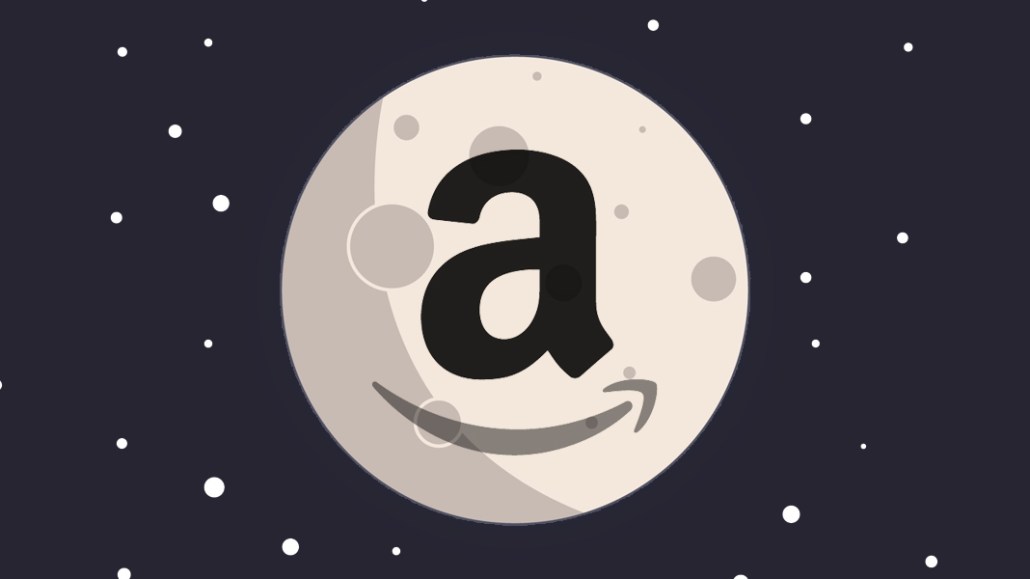Cheatsheet: Everything you need to know about Amazon’s advertising consolidation

Digiday first reported Amazon’s plan to merge its ad business in early August. In a blog post on Sept. 5, Amazon announced it would restructure its ad services over the next several months to make buying and managing campaigns easier and under one name. The ad products will function the same and Amazon’s organization is staying the same. The announcement comes a day after Amazon hits a trillion-dollar-valuation mark. Here is everything you need to know about the changes and how ad buyers are responding to them:
What’s changing?
- Instead of selling ad products through three separate advertising services — Amazon Marketing Services (AMS), Amazon Media Group (AMG) and Amazon Advertising Platform (AAP) — Amazon is consolidating everything into one marketplace called Amazon Advertising.
- Amazon Advertising Platform is being renamed Amazon’s DSP (Amazon’s demand-side platform).
- Headline Search Ads have been renamed Sponsored Brands.
- The Amazon Marketing Services Console is being renamed the Advertising Console.
- Amazon Advertising now encompasses all ad products including Amazon’s DSP, video ads, display ads, stores, Sponsored Products, Sponsored Brands and Amazon’s measurement solutions.
What’s behind the changes
AMS, AMG and AAP were originally designed when advertising was a lower priority for Amazon. Vendors that sold products to Amazon used one service, while sellers that sold their own products on Amazon used another. Ad products were also spread out between services. An advertiser wanting to run video ads and headline search ads had to work with Amazon Marketing Services and Amazon Media Group. The divisions made it difficult for advertisers to navigate Amazon’s ad services.
As advertising has grown in importance for the platform, now worth $2.2 billion time in revenue, a year-over-year increase of 129 percent as Amazon reported in its second quarter earnings in July, the company realizes the need to simplify things for advertisers.
Disrupting the duopoly
Amazon’s move to simplify its services comes roughly two months after Google did the same thing, ditching the DoubleClick name and rebranding its ad products into three groups. Ad buyers believe the consolidation is the latest indication that Amazon is serious about challenging Google and Facebook for digital marketing budgets. Amazon also is testing an attribution tool to let advertisers compare ads’ effectiveness on Amazon compared to Google and Facebook.
The advertiser impact
Media buyers said the consolidation could drive more ad dollars to Amazon by making it easier for advertisers to buy and manage campaigns. Gila Wilensky, svp of media activation at Essence North America, also said it will also help agencies make more objective platform evaluations.
Ad position: web_incontent_pos1
“For the last several years you’ve had different business units within Amazon pursuing their own advertising offerings, and it hasn’t always been clear how those advertising options interrelate, much less what all of the options are,” said Kevin Packler, vice president and director of Amazon Service at the Tombras Group.
“It’s a lot easier for a marketing strategist or an agency to make the argument about shifting budget to the Amazon DSP from a competitive demand side platform when you no longer have to slow down to explain why Amazon uses a different set of terminology to describe similar functionality,” said Nii A. Ahene, chief operation officer at retail performance agency CPC Strategy, which buys Amazon ads for over 200 retailer clients. As advertiser competition on Amazon grows, prices of ad products could also increase, Ahene said, unless Amazon substantially increases the number of placements available for ads by an equivalent amount.
More in Marketing

In the marketing world, anime is following in the footsteps of gaming
As marketers look to take advantage of anime’s entry into the zeitgeist, they might be wise to observe the parallels between the evolution of anime as a marketing channel and the ways brands have learned to better leverage gaming in recent years.

With the introduction of video ads and e-commerce, Roblox looks to attain platform status
Roblox is expanding into more areas than just ads in 2024. Much like platforms such as Amazon and Facebook have transcended their origins to evolve from their origins as online marketplaces and social media channels, Roblox is in the midst of a transformation into a platform for all elements of users’ virtual lives.

PepsiCo wants to remain a ‘driver of culture’ as it turns to influencers and activations amid rebrand
The soda-maker says it can translate cultural relevance into sales volume.
Ad position: web_bfu